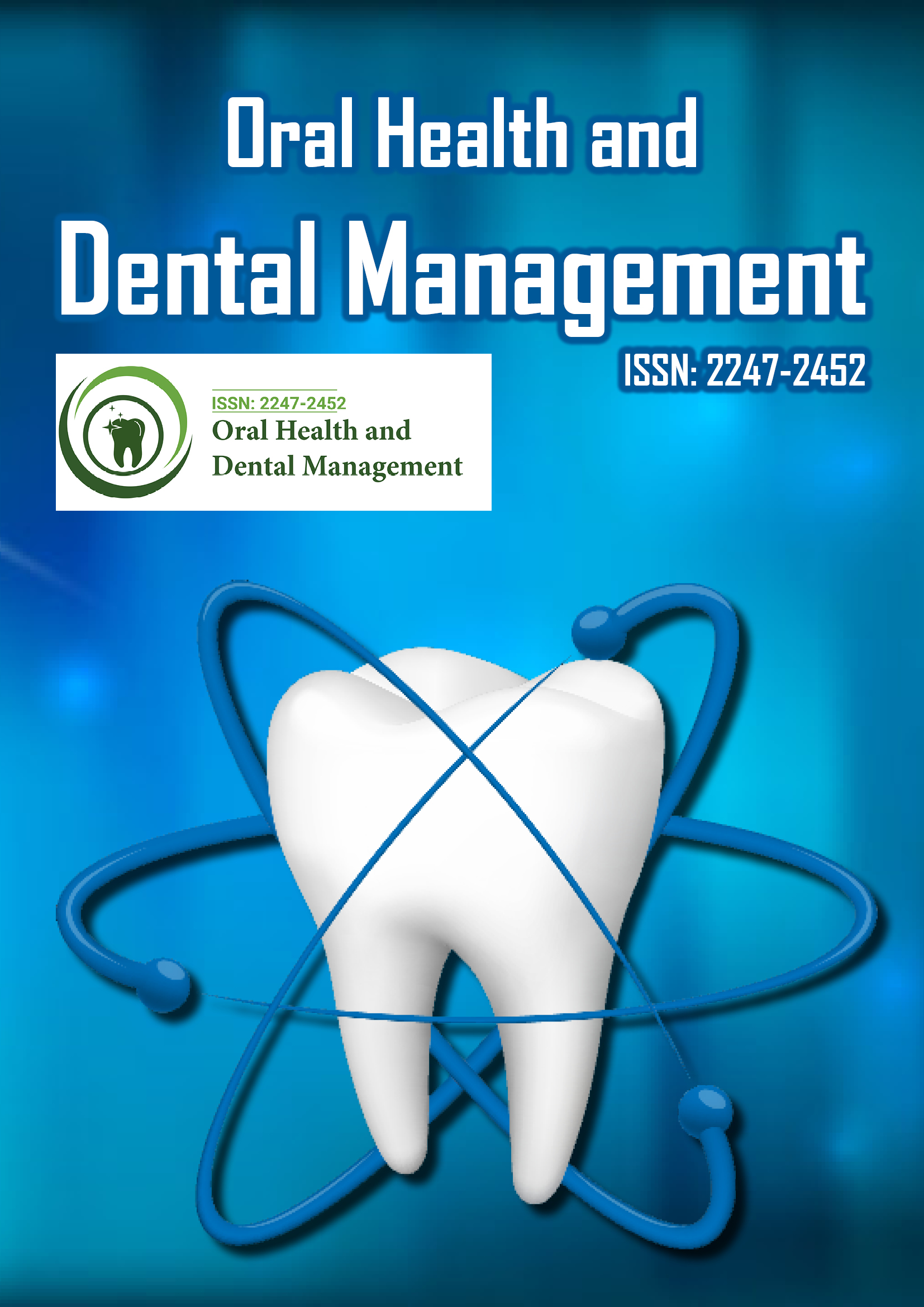Indexed In
- The Global Impact Factor (GIF)
- CiteFactor
- Electronic Journals Library
- RefSeek
- Hamdard University
- EBSCO A-Z
- Virtual Library of Biology (vifabio)
- International committee of medical journals editors (ICMJE)
- Google Scholar
Useful Links
Share This Page
Journal Flyer

Open Access Journals
- Agri and Aquaculture
- Biochemistry
- Bioinformatics & Systems Biology
- Business & Management
- Chemistry
- Clinical Sciences
- Engineering
- Food & Nutrition
- General Science
- Genetics & Molecular Biology
- Immunology & Microbiology
- Medical Sciences
- Neuroscience & Psychology
- Nursing & Health Care
- Pharmaceutical Sciences
Abstract
In vitro Evaluation of the Root Surface Microtopography Following the Use of Two Polishing Systems by Confocal Microscopy (CFM) and Scanning Electron Microscope (SEM)
Objectives: To compare and evaluate the root surface roughness after using two polishing instruments for root planing.
Materials and Methods: This comparative study was carried out on a sample of ten extracted human teeth with twenty interproximal root surfaces.
Control group 1 and 2: (n=20 root surface): Gracey Curettes, 15 vertical strokes.
Test group 1 (n=10): control group 1 + Termination Diamond Curettes (TDC), 15 strokes.
Test group 2 (n=10): control group 2 + Termination Diamond Burs -15 μm (TDB), with irrigation for 15 seconds at 3000 rpm.
The root surface was planed with the polishing instruments and test measurements were obtained with Confocal Microscopy (CFM) and Scanning Electron Microscope (SEM).
The primary outcome variable was surface roughness (Ra).
Results: CFM showed that the TDC, mean changes in surface roughness (Ra) were reduced by 0.11 ± 0.14 (p-value=0.000), and the TDB, Ra: were reduced by 0.27 ± 0.86 (p-value=0.037). Non-statistically significant differences were observed in Ra (p-value=0.581) between the two polishing instruments. SEM showed that the Group 2 showed a generally rougher surface with more parallel grooves than Group1.
Conclusion: There are no statistically significant differences between these two polishing systems, although TDB seems to reduce the surface roughness more than the TDC after being treated with Gracey Curettes.
